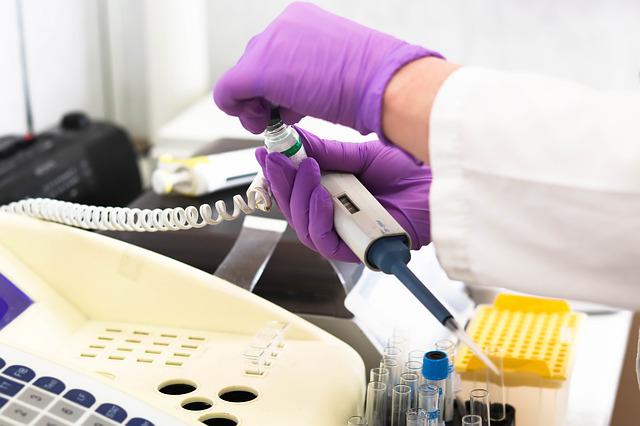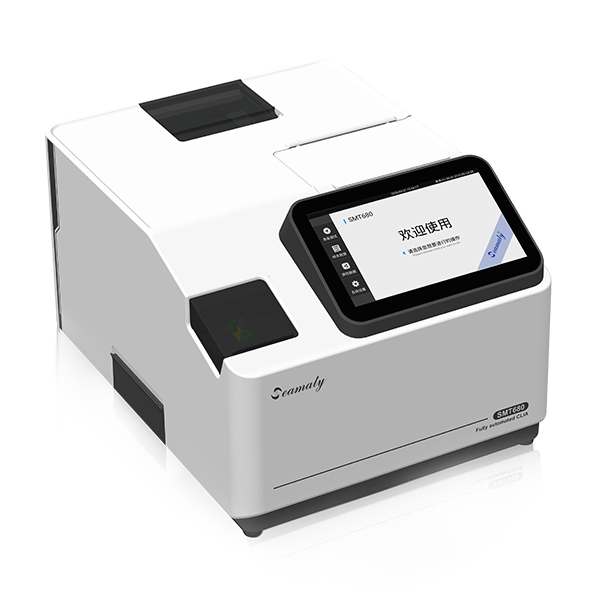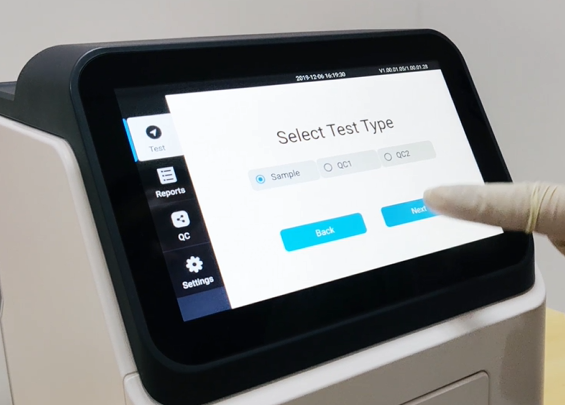1. What is biochemistry machine?
Biochemistry machine is also not called biochemical analyzer. It can detect metabolites present in biological samples such as blood or urine. The data of these metabolites are then analyzed to diagnose various diseases.
Biochemistry machine is based on the principle of photoelectric colorimetry to measure a specific chemical composition in body fluids. Because of its fast measurement speed, high accuracy and small amount of consumed reagents, it is now widely used in various hospitals, clinics, emergency departments, laboratories and other places around the world.
2. what is biochemistry machine used for?
Biochemistry machines can test many things. For example, the following content.
A Liver function
Liver function test through a variety of biochemical experimental methods to monitor the indicators related to liver function and metabolism, in order to reflect the basic state of liver function.
The liver function test results will be displayed on the liver function test sheet. By examining the liver function test, the doctor can determine whether there are any pathological abnormalities in the patient's liver.
Biochemistry machine can test the main liver function test items: ALT/GPT, AST/GOT, ALP, T.BIL, D.BIL, TP, ALB.
B Kidney function
Kidney is one of the important organs of human body. Its function is mainly to secrete and excrete urine, waste products, poisons and drugs. Once abnormal kidney function occurs, it will lead to serious problems in the body. And checking the indicators of kidney function can help clinical diagnosis and treatment more accurately.
Biochemistry machine kidney function examination main items are: BUN, Cre, CO2, UA.
C Blood lipid
Lipid is the general name of neutral fat (triglyceride and cholesterol) lipid (phospholipid, glycolipid, sterol, steroid) in plasma. By checking plasma lipids through biochemistry machine, we can prevent or know if you have obesity, atherosclerosis, hyperlipidemia, coronary heart disease, diabetes, nephrotic syndrome, and some other cardiovascular diseases.
For more information on biochemistry analyzers that measure blood lipids, check out this article:How does a biochemistry analyzer test for blood lipids
The biochemistry machine can test for the following lipids: CHO, TG, HDL-C, LDL-C.
D Blood glucose.
The sugar in the blood is called blood glucose, and in the vast majority of cases it is glucose. Most of the energy required for the activities of the cells of the tissues in the body comes from glucose, so blood sugar must be maintained at a certain level in order to maintain the needs of the organs and tissues in the body.
Biochemistry machine blood glucose test main items are: GLU.
There are many manufacturers of Biochemistry machines worldwide. The price of Biochemistry machine is also getting low. Seamaty is a well-known manufacturer of POCT medical devices in China. SD1 and SMT-120 automatic biochemistry analyzers are small in size, easy to operate and cheap. For more details, please contact us by email: contact@seamaty.com



